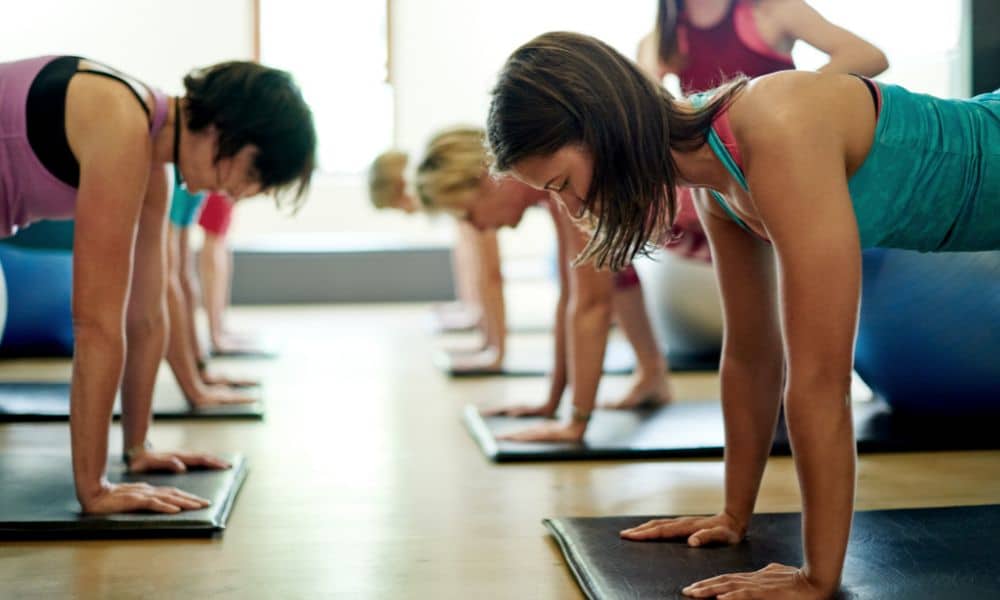There are five things every weight trainer wished they knew before they started training. First, experience is the best teacher, especially so with weight training. What would you do with your fitness journey if you could start over again? How would the lessons you’ve learned over time influence your actions?
Here are the five things I wish I had known when I first started weight training:
In fitness, health, and training, we learn valuable lessons in the gym, on the track, playing field, or in the kitchen that directly impacts our results.
First, diet is equally as important as training.
Whether you are exercising to lose body fat or gain muscle, you can’t “out-train” a poor diet. A breakfast of coffee, donuts, and sugar-frosted cereal won’t support your training in the gym or help you reach your fitness goals. Instead, if weight loss is your goal, eat “clean” foods like fruits and vegetables, lean proteins, and healthy fatty acids from olive oil and avocados.
If your goal is adding lean muscle to your frame, follow the same plan, but increase your protein. To lose weight (fat), you must eat slightly fewer calories than you burn daily. To gain weight, you must consume slightly more calories than you burn daily. Understanding the quality and quantity of the foods you eat will significantly increase your progress.
Don’t skip your warmup and cooldown.
Warm muscles stretch and contract more safely and efficiently when warm. For example, a dynamic (moving) warm-up with cycling, jumping jacks, rope jumps, full-body squats, lunges, etc., increases your muscle’s and connective tissues’ temperature. This increased temperature and high blood flow prepare your body for training.
Five or ten minutes spent warming up can save you weeks of lost training time due to injury. Another 5-10 minutes spent stretching after your workout can promote the muscle-rebuilding and recovery process and keep you more flexible for your next training session.
During weight training, great bodies are built on solid foundations.
You build strong foundations with basic, full-body, or compound movements that work for muscle GROUPS instead of individual or single muscles. Many advanced lifters use the five greatest lifts to build muscle. Focusing on these core exercises that strengthen and build the muscles you can’t see will make the foundation for an impressive physique. Spend less on bicep curls and more on pull-ups, rows, deadlifts, and squats! More time training your back and legs will promote strength, function, and a leaner, more muscular physique.
Choose the correct form over the amount of weight you use.
Yes, heavyweights promote muscle growth but don’t increase the weight you use at the expense of form. Instead, using more weight than you can control sets you up for injury and sabotages your muscle gains. A weight that is too heavy does activate secondary muscles to complete the movement (good), but the weight trains the secondary muscles while ignoring the target muscle (bad).
This scenario is known as synergistic dominance. Secondly, a weight that is too heavy does not allow a full range of motion—training a movement through its full range of motion results in better (and equal) muscle balance, better joint stability, proper activation of all working muscles, and higher overall gains.
Choose intensity over time.
A longer workout does not mean better training. If you are new to exercise, you may spend countless hours in the gym overtraining. Eventually, your body will begin to “eat” your new muscle mass to fuel your body for your lengthy workouts. This process is known as catabolism, a condition caused by excessive training and inadequate rest and nutrition (protein). Nevertheless, you can do everything you need to do in the gym in one hour, primarily if you focus on intensity over time.
By working harder and faster, using less weight for more reps or slightly more weight for fewer reps, and reducing the rest time between sets, pushing yourself to complete your training in less time will experience more significant gains. Or losses if your goal is fat loss. Follow up your short but intense workouts with rest and a clean high-protein diet, and you will soon see results.
Final thoughts on the five things I wish I had known when I first started weight training
Train to your fitness level. If you are a beginner, train like a beginner, and focus on the simple movements that produce the best results (see #3 above). If you are training to gain muscle, your body can’t recover from the long or complicated programs followed by advanced bodybuilders! Those programs your favorite pro athletes outlined in magazines or videos have taken them years to reach.
As a beginner, keep it simple and focus on compound exercises that produce the most results with minor complexity. Once your gains start to slow, it’s time to make changes as you move to intermediate programs.
If you or someone you know is considering bodybuilding, share this article on Facebook or Twitter so that others can learn more about building muscle.




